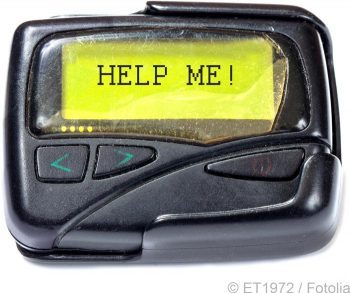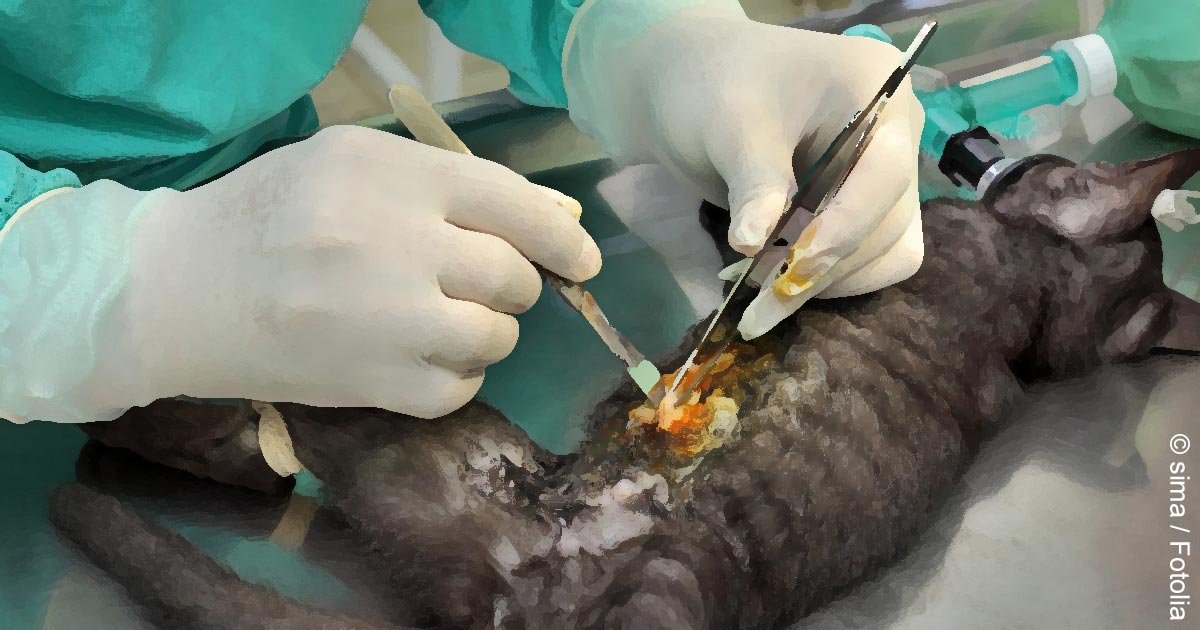So, with less than three weeks until finals, my friends and I have finished rotations. Some of us have had job interviews and some have accepted job offers. This is all getting a bit real…
 Supposedly, we’re ready to take on the outside world as real vets. We’ve got heads full of knowledge and hands that have meticulously repeated sutures, catheterisations, and injections to maintain muscle memory. But what we haven’t got is experience.
Supposedly, we’re ready to take on the outside world as real vets. We’ve got heads full of knowledge and hands that have meticulously repeated sutures, catheterisations, and injections to maintain muscle memory. But what we haven’t got is experience.
Sure, we’ve consulted while on rotations and, before that, we had communication skills tutorials, and although these were realistic – with very good actors screaming at you for losing their hypothetical cat out the practice window or bursting into tears as you explain that their dog died under anaesthetic – they just aren’t quite the same.
Gaining experience
Any consultations we have done on rotations have been fairly straightforward, with the vet in the background to interject or, at least, within shouting/pager distance to check anything you’re unsure of.
We have been involved in high stakes situations where things have gone wrong or an animal’s life has depended on the treatment and care we’ve contributed to – and as much as rotations are aimed at making you think and make your own decisions, you’re always steered in the right direction, or someone intervenes before you do something momentously stupid.
We may feel like we’re carrying a good deal of responsibility at times but, at the end of the day, it hasn’t been our necks on the line.
Cash concerns

And what about money? A lot of our consulting in final year is done at charity clinics, where the treatment is often free or very cheap. This means treatment options are much more limited, so you learn how to approach things on a budget, but you never really have to have that conversation with the owner as such.
Any consults done at the university’s small animal hospital are referrals – many of which are long-standing patients coming in for rechecks, so the owners have already been dealing with the insurance or have sorted payment with the reception staff.
We are assigned a number of tasks throughout final year that make us consider cost, such as discussing the costs of anaesthesia and treatment options for certain conditions, or pricing farm visits in first opinion practice. But again, it isn’t really us, the students, making the final decisions based on the client’s budget.
In at the deep end
So we’ve got the veterinary science bit nailed (well, hopefully – finals pending). But going into that first day as a qualified vet is going to be nerve-wracking for everyone, and that’s when the education will really begin. That’s where we will learn the things no one can really teach you, nor can you pick up until you are the vet making the final decisions – your neck on the line.
No one can teach you how to hold your tongue when the client opposite you is being completely irrational, or how to keep your composure when another breaks down in tears over the death of a pet, which you are really quite emotionally invested in too.
Having the internal battle with yourself over what the ideal diagnostic or treatment protocol would be, versus what is realistically affordable, becomes something of an art – there’s no formula or calculation to work out the best approach. As for actually having the responsibility on your own shoulders, and not falling apart when things go wrong, that takes resilience.
These are all things that will come with experience. It will be a steep learning curve, I’m sure, but essential if we’re to embark on the journey of life after vet school and master the art of veterinary medicine.

Leave a Reply